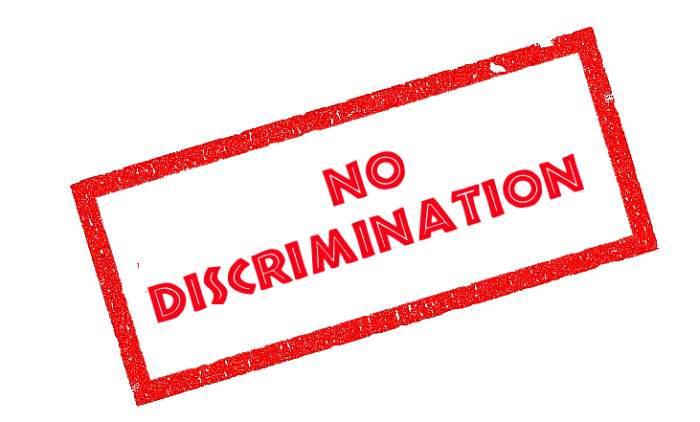 5. Process for the Creation of the CSR
5. Process for the Creation of the CSR
We will have to define what is the Internal CSR and what implications it has for the Human Resources departments. Let's start by establishing and specifying the elements that characterize and compose Internal Corporate Social Responsibility.
For this we will go to one of the canonical documents that have been used so far and that we have already mentioned, the so-called Green Book promoted in 2001 by the Commission of the European Communities, as this is a document that specifies in sufficient detail the dimensions that It has the internal scope.
In this document, entitled "Promoting a European framework for corporate social responsibility", it is determined that the socially responsible practices that affect the internal organization affect.
First Step
In the first place, the workers and that they refer to relative issues to management and investment in Human Resources, to health and safety at work and to change management.

Second Step
Secondly, they take into account as their own referents, derived from the intra-company, the practices of respect for the environment, which has to do with the management of natural resources used in production.
We will briefly discuss each of the points of the intra dimension in particular in light of the aforementioned document.
This document analyzes Human Resources Management in the first place.
 With regard to staff, the Commission understands that it is the organizations' responsibility to create a suitable climate and to provide the necessary means to initiate measures such as "lifelong learning, the responsibility of workers, the improvement of information in the company, the promotion of an adequate balance between work, family and leisure, a greater diversity of human resources, equal remuneration and professional perspectives for women, participation in the profits or shareholding of the company and the consideration of the capacity of professional insertion and safety in the workplace ".
With regard to staff, the Commission understands that it is the organizations' responsibility to create a suitable climate and to provide the necessary means to initiate measures such as "lifelong learning, the responsibility of workers, the improvement of information in the company, the promotion of an adequate balance between work, family and leisure, a greater diversity of human resources, equal remuneration and professional perspectives for women, participation in the profits or shareholding of the company and the consideration of the capacity of professional insertion and safety in the workplace ".
The Green Paper also argues that there is a need to combat discrimination, both on the basis of race, sex, age and in terms of social origin.
The elimination of these situations is considered necessary in order to reduce unemployment, increase employment and fight against social exclusion.
To finalize the part dedicated to the Business Human Capital, the text makes a special mention to the dimension of the learning in the organizations, channeled through the exercise of the formation, so much the one that corresponds to the labor insertion as the one that affects the group of the workers through the design and implementation of the consequent training plans.
Special point is dedicated to Health and safety in the workplace in the Green Paper.
Health care and the prevention of occupational hazards must complete the concrete and usual regulations that exist in this regard, in such a way that it does not become a mere fulfillment of the legal precepts, but goes much further; The quality of production or provision of services has a direct impact on the result of the final product / service offered to the market.
To achieve this, the legislation in force in the European Union as well as in each member country, has been extended with a plethora of standards and certifications that affect both companies internally and their relationship with subcontractors.
Third Step Adaptation to Change.
The third element of internal origin that is addressed in the document is Adaptation to Change.
It is already more than analyzed in the business literature, the vertigo character that is taking the evolution of the changes in the business scope.
Reorganization, restructuring, transformation, are terms that can hide behind decisions that directly affect workers, given that each time a process occurs, it is often accompanied by a reduction in personnel.
These situations should take into account the rights of workers, as well as offer formulas that minimize the effects; In short, it means the putting into operation of projects and actions that do not only contain solutions of a monetary nature.
Actions such as the development of training and recycling actions, the modernization of instruments and processes, the granting of financing lines, the generation of active employment strategies, sustained local development... are ways to alleviate the harmful effect on the fabric social and labor that has the adaptation to changes.
Companies must assume the share of responsibility that affects them with respect to maintaining the employability of staff, as well as favoring the implementation of projects that mitigate the effect of the mentioned transformations.
Fourth Step Environmental Impact
The fourth and last section that is contemplated in the internal social responsibility of the organizations from the aforementioned text, has to do with an external effect of high social cost, that is to say, the Management of the Environmental Impact and of the Natural Resources.
The proper regulation of emissions to the atmosphere as well as respect for nature not only directly affects organizations and their immediate work environment; it is a social responsibility, present and future, active attention and prevention in terms of environmental impact as well as the correct use of natural resources.

In order to support these initiatives, the European Union has been encouraged to obtain the corresponding environmental certification, the so-called Community Environmental Management and Audit System (EMAS) and, for a more international scope, the family can be counted on of standards ISO 14000, which pretends that the companies create, of voluntary way, systems of eco-auditory and eco-management so much in the own company like in the local emplacement in which finds the productive center.
 All the images in this CSR Guide have been taken of the pixabay.com Platform under
All the images in this CSR Guide have been taken of the pixabay.com Platform under